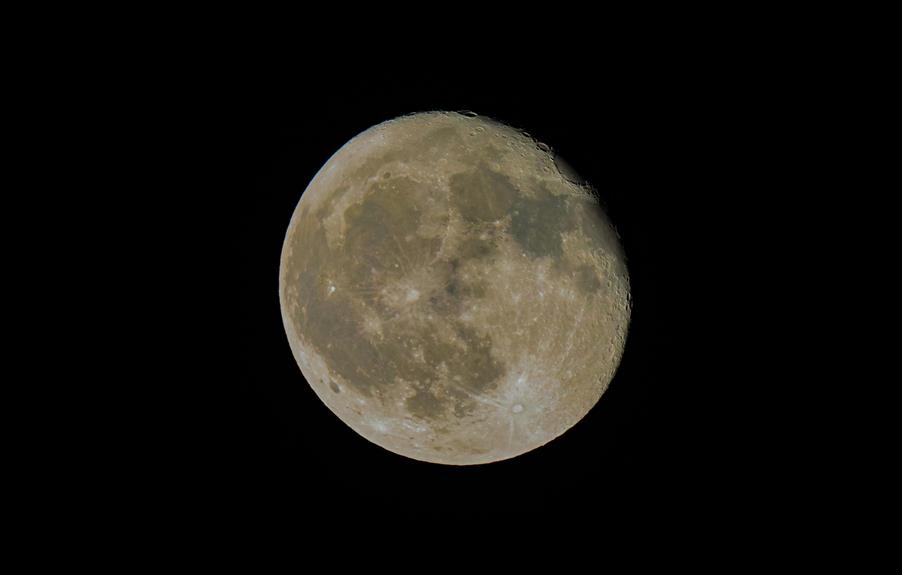Sky utilizes the Astra 28.2E satellite fleet for its broadcasting services. This fleet comprises Astra 2A, 2E, 2F, and 2G satellites, all operated by SES. They offer extensive coverage across the UK, Isle of Man, Channel Islands, and parts of Europe. Leveraging spot beam technology, the geostationary position guarantees consistent service and signal strength. Sky enhances this with specific satellite dishes—Zone 1 and Zone 2—tailored for various regions, ensuring smooth access to channels. Professional installation is recommended for accurate dish alignment and signal reception. Explore how these technical aspects contribute to your optimal viewing experience.
Key Information
- Sky uses the Astra 28.2E satellite fleet.
- The fleet includes Astra 2A, 2E, 2F, and 2G satellites.
- These satellites are operated by SES.
- The cluster broadcasts over 305 transponders.
- Astra 28.2E ensures extensive coverage across the UK and Europe.
Astra 28.2E Satellites
Sky relies on the Astra 28.2E satellite fleet for its primary TV broadcasting in the UK, utilizing satellites like Astra 2A, 2E, 2F, and 2G. These satellites, launched between 1998 and 2014, are the backbone of Sky's distribution network. Operated by SES, the Astra 28.2E cluster broadcasts over 305 transponders, ensuring extensive coverage across the UK and Europe.
With 45.7 million households in its footprint, Astra 28.2E delivers robust and reliable service. Real-time tracking and positional data for satellites like Astra 2G enhance operational efficiency and predictability. This satellite fleet's broad capabilities make it integral to Sky's broadcasting infrastructure, guaranteeing high-quality signal transmission and reception for viewers.
Sky Digital Footprint
Utilizing the strong capabilities of the Astra 28.2E satellite fleet, the Sky Digital footprint extends extensive coverage across the UK, the Isle of Man, the Channel Islands, and parts of Europe.
This satellite constellation employs spot beam technology to guarantee robust signal distribution for free-to-air channels, thereby ensuring peak signal strength across these regions.
The footprint ensures that Sky's broadcasts maintain high reliability and clarity, leveraging the satellite's geostationary position to deliver consistent service.
By strategically covering key areas, the Astra 28.2E fleet facilitates efficient signal transmission, essential for Sky's wide array of digital offerings.
You'll benefit from a strong signal presence, ensuring uninterrupted access to Sky's diverse range of channels and services.
Satellite Dish Types
When selecting a satellite dish, you'll encounter two primary options: the 43 cm elliptical Sky Zone 1 and the 60 cm elliptical Sky Zone 2, each tailored to specific geographic regions for best signal reception.
The Sky Zone 1, with its 43 cm elliptical mesh, is optimized for regions like the South and Midlands of England. Conversely, the 60 cm elliptical Sky Zone 2 dish is designed for Northern England and Scotland, where greater signal strength is required.
Accurate dish size selection based on your location is vital to minimize signal degradation and ensure excellent TV reception. Each dish type is engineered to capture the maximum signal footprint, reducing interference and enhancing viewing clarity.
Installation Guidelines
Proper alignment of your satellite dish is essential to ensuring peak signal reception from the Astra 2 satellite fleet located at 28.2 degrees east. You'll need to position the dish at an ideal angle between 139 and 146 degrees southeast. Professional installation is highly recommended to achieve precise azimuth and elevation adjustments. This guarantees minimal signal attenuation and best coverage.
If you're in the UK, selecting the correct dish size—either Sky Zone 1 or Sky Zone 2—is vital based on your geographic location. Zone 1 dishes are generally suitable for the south, while Zone 2 dishes, being larger, are preferred in northern regions for stronger signal retention. Proper alignment and dish size are essential for uninterrupted Sky TV service.
Regional Dish Variations
Selecting the appropriate Sky Zone dish based on your geographic location is essential for excellent signal reception. The 43 cm elliptical Sky Zone 1 dish is recommended for the South and Midlands, while the larger 60 cm elliptical Sky Zone 2 dish is preferred for Northern England and Scotland.
Ensuring ideal signal strength, the Sky Zone 1 dish is adept at capturing satellite transmissions in regions with stronger signals. Conversely, the Sky Zone 2 dish, with its larger surface area, is essential for areas prone to weaker signals, mitigating signal loss and pixelation.
Precise dish selection minimizes interference, guaranteeing superior picture quality. For robust performance, always match your dish type to the specific regional signal strength requirements.
Frequently Asked Questions
What Satellites Does Sky TV Use?
You're searching for Sky TV's satellite details. They utilize the Astra 2 satellite fleet at 28.2 degrees east. For best signal quality, make sure to have professional installation of either a Sky Zone 1 (43 cm) or Sky Zone 2 (60 cm) dish.
Is Freesat on Astra 28.2 E?
No, Freesat isn't on Astra 28.2E. Initially on Eutelsat 28A, Freesat's EPG and channels moved to Astra 2 in June 2015. Understanding these satellite distinctions guarantees efficient setup and access to your desired TV services.
Do Sky and Freesat Use the Same Satellite?
Yes, Sky and Freesat use the same satellite. They both utilize the Astra 2 satellite fleet at 28.2 degrees east, guaranteeing extensive coverage across the UK and parts of Europe for their broadcasting services.
What Satellite Do We Use in the Uk?
In the UK, you use the Astra 2 satellite fleet at 28.2 degrees east for broadcasting. Align your dish precisely, preferably a Sky Zone 1 or Zone 2 dish, for best signal reception. Professional installation's recommended.
Conclusion
To sum up, Sky utilizes the Astra 28.2E satellites to deliver its services, guaranteeing a broad digital footprint across the UK.
Depending on your location, you might need different types of satellite dishes, such as the standard Zone 1 or the larger Zone 2 dish.
During installation, aligning the dish precisely with Astra 28.2E is crucial for peak signal reception.
Always adhere to regional guidelines to guarantee seamless service and maximum performance.



